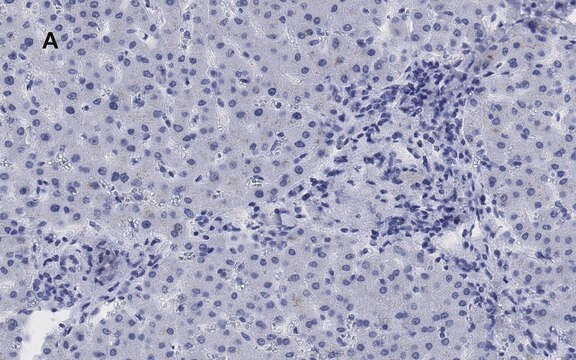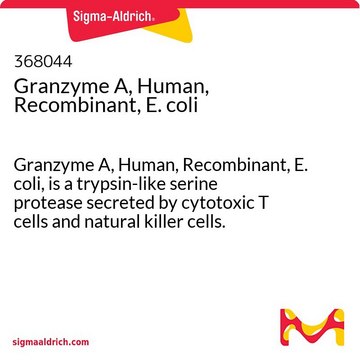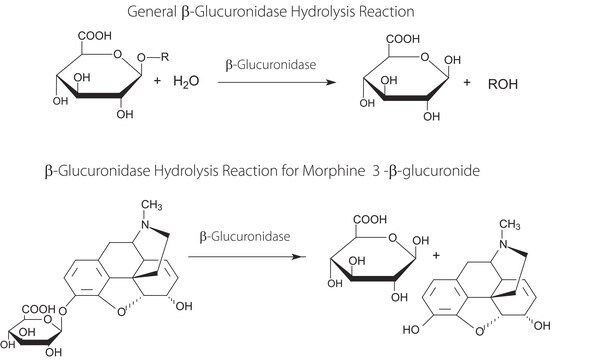GW22458A
Anti-LDLR antibody produced in chicken
affinity isolated antibody, buffered aqueous solution
Sign Into View Organizational & Contract Pricing
All Photos(1)
About This Item
Recommended Products
biological source
chicken
conjugate
unconjugated
antibody form
affinity isolated antibody
antibody product type
primary antibodies
clone
polyclonal
form
buffered aqueous solution
species reactivity
mouse, human, rat
manufacturer/tradename
Genway 15-288-22458A
technique(s)
western blot: suitable
NCBI accession no.
UniProt accession no.
shipped in
wet ice
storage temp.
−20°C
target post-translational modification
unmodified
Gene Information
human ... LDLR(3949)
Related Categories
Immunogen
Immunogen Sequence: GI # 4504975, sequence 29-205
Recombinant low density lipoprotein receptor
Application
Anti-LDLR antibody produced in chicken is suitable for western blotting analysis at a dilution of 1:500, for tissue or cell staining at a dilution of 1:200.
Biochem/physiol Actions
The Low-Density Lipoprotein (LDL) Receptor is a mosaic protein encoded by the LDLR gene in humans and belongs to the low density lipoprotein receptor gene family. It is located on chromosome number 19. LDL receptor is a mosaic protein constituiting of exons shared with different proteins. It is crucial for maintenance of cholesterol homeostasis. A deficiency in LDLR leads to hypercholesterolemia. LDLR is a type I transmembrane protein that needs O-glycosylation for stable expression at the cell surface. Mutation in this gene may cause familial hypercholesterolemia (FH), an autosomal dominant disease.
Physical form
Solution in phosphate buffered saline containing 0.02% sodium azide.
Disclaimer
Unless otherwise stated in our catalog or other company documentation accompanying the product(s), our products are intended for research use only and are not to be used for any other purpose, which includes but is not limited to, unauthorized commercial uses, in vitro diagnostic uses, ex vivo or in vivo therapeutic uses or any type of consumption or application to humans or animals.
Not finding the right product?
Try our Product Selector Tool.
recommended
Product No.
Description
Pricing
Storage Class
10 - Combustible liquids
wgk_germany
WGK 1
flash_point_f
Not applicable
flash_point_c
Not applicable
ppe
Eyeshields, Gloves, multi-purpose combination respirator cartridge (US)
Choose from one of the most recent versions:
Already Own This Product?
Find documentation for the products that you have recently purchased in the Document Library.
Nis Borbye Pedersen et al.
The Journal of biological chemistry, 289(25), 17312-17324 (2014-05-07)
The low density lipoprotein receptor (LDLR) is crucial for cholesterol homeostasis and deficiency in LDLR functions cause hypercholesterolemia. LDLR is a type I transmembrane protein that requires O-glycosylation for stable expression at the cell surface. It has previously been suggested
Jovan Nikolic et al.
Nature communications, 9(1), 1029-1029 (2018-03-14)
Vesicular stomatitis virus (VSV) is an oncolytic rhabdovirus and its glycoprotein G is widely used to pseudotype other viruses for gene therapy. Low-density lipoprotein receptor (LDL-R) serves as a major entry receptor for VSV. Here we report two crystal structures
Isabel De Castro-Orós et al.
BMC medical genomics, 7, 17-17 (2014-04-09)
GWAS have consistently revealed that LDLR locus variability influences LDL-cholesterol in general population. Severe LDLR mutations are responsible for familial hypercholesterolemia (FH). However, most primary hypercholesterolemias are polygenic diseases. Although Cis-regulatory regions might be the cause of LDL-cholesterol variability; an
Paulo Caleb Junior Lima Santos et al.
Atherosclerosis, 233(1), 206-210 (2014-02-18)
Familial hypercholesterolemia (FH) is an autosomal dominant disease caused mainly by LDLR mutations. This study assessed the influence of the presence and type of LDLR mutation on lipid profile and the response to lipid-lowering therapy in Brazilian patients with heterozygous
T C Südhof et al.
Science (New York, N.Y.), 228(4701), 815-822 (1985-05-17)
The multifunctional nature of coated pit receptors predicts that these proteins will contain multiple domains. To establish the genetic basis for these domains (LDL) receptor. This gene is more than 45 kilobases in length and contains 18 exons, most of
Our team of scientists has experience in all areas of research including Life Science, Material Science, Chemical Synthesis, Chromatography, Analytical and many others.
Contact Technical Service








